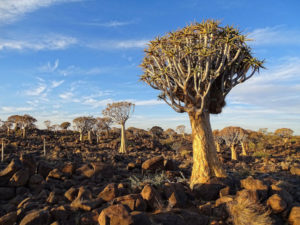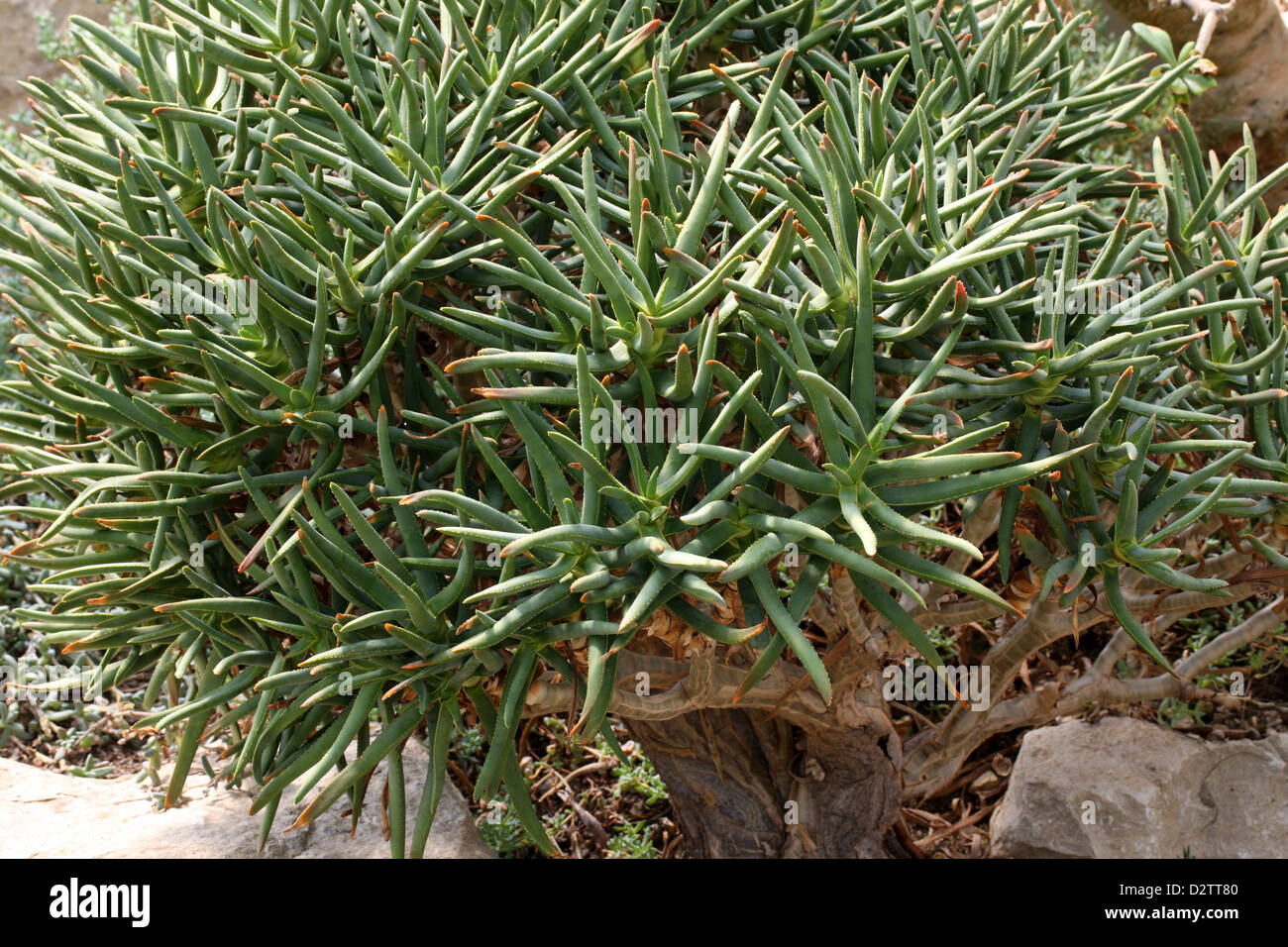

It grows much better outdoors in spring and summer. Hardiness: They can take a few degrees of frost in winter as well, but prefer hot summers. Watering: When growing this Aloe, one must be careful not to overwater.
#MAIDENS QUIVER TREE FULL#
Soil: Always use good quality, loamy sandy soil with plenty of drainage chips at the bottom of containers.Įxposure: It can tolerate moderate shade, and a plant that has been growing in the shade should be slowly hardened off before placing it in full sun as the plant will be severely scorched if moved too suddenly from shade into sun. They are long-lived plants and once established, they will be content in their position and with their soil for years. Growing rate: They grow slowly, but not agonizingly so - being able to increase their height by 10 - 20 cm per year under favorable conditions. It has a very old and almost stressed appearance making this an excellent and sought-after container plant or wonderful landscape specimen in the garden, although it doesn't make a trunk. dichotoma.īlooming season: Winter: the first flower will be produced when plants get 1-1,5 m of height (about 10 to 15 old).Ĭultivation and Propagation: Winter grower. Other than this low branching habit and usually smaller leaf size, it is virtually identical to Aloe dichotoma, and some consider it a subspecies of A. It will form a succulent bush up to 1,2(-1,8) m tall and wide. It is a slow-growing tree (shrub) type aloe known for its many branches and smooth, white stems, and without a doubt the most profusely branched of all aloes. The branches of this plant were used to make small quivers by young men who then gave these quivers to young ladies as a sign of their affection. However, it is known that very young flower buds can be eaten and taste a little like asparagus. dichotoma, there are no cultural or medicinal uses associated with the maiden's quiver tree. Taxonomists are now starting to reclassify this plant as a form of Aloe dichotoma Seeds: Narrow, winged, up to about 30 x18 mm. The margins have narrow edges with small brownish teeth the base encircling the stem.įlowers: Bright yellow, comparatively large, tubular conspicuous, swollen, fleshy on a usually 3-branched short inflorescence, up to 200 mm long.īlooming season (Europe): Winter: Definitely slow to flower, like Aloe dichotoma, takes quite a while before it blooms, the first flower will be produced when plant gets 1-1,5 m in height (about 10 to 15 old)įruits: Shiny and smooth dry capsule that split into three, remaining fused at the base. The leaf color is glaucous-green or yellowish-green, often with a pinkish tinge. Leaves: The branches end in small rosettes of fleshy, oblong leaves, each up to 200 mm long and 20 mm wide at the base. The plants tend to be longer-stemmed and less branched in more arid areas.

The trunk is normally very short smooth and covered with strips of satiny, waxy, powdery silver-pink-brown coloured bark, which acts as a sunscreen in the harsh climate. Branching continues as the plant becomes older, resulting in a dense, almost spherical shrub. This is the only significant difference between A. Stems: As mentioned before, this aloe forms many branches from the ground level. Other than this low branching habit and usually smaller leaf size, it is virtually identical to Aloe dichotoma, and some consider it a subspecies of A dichotoma. It will form a succulent bush up to 1.2(-1,8) m tall and wide. Spectacular!ĭescription: It is a slow-growing tree (shrub) type aloe known for its many branches and smooth, white stems, and without a doubt the most profusely branched of all aloes. It somewhat resembles Aloe dichotoma, but without a stem and with more branches. USDA Zone 9b - 11Ī great collector’s Aloe that will grow slowly to 1,5 m tall. Yellow Flower Edible Young Bud that taste like asparagus. Aloe Ramosissima, Maiden's Quiver Tree, collector’s Aloe that will grow slowly to 1,5 m tall.


 0 kommentar(er)
0 kommentar(er)
